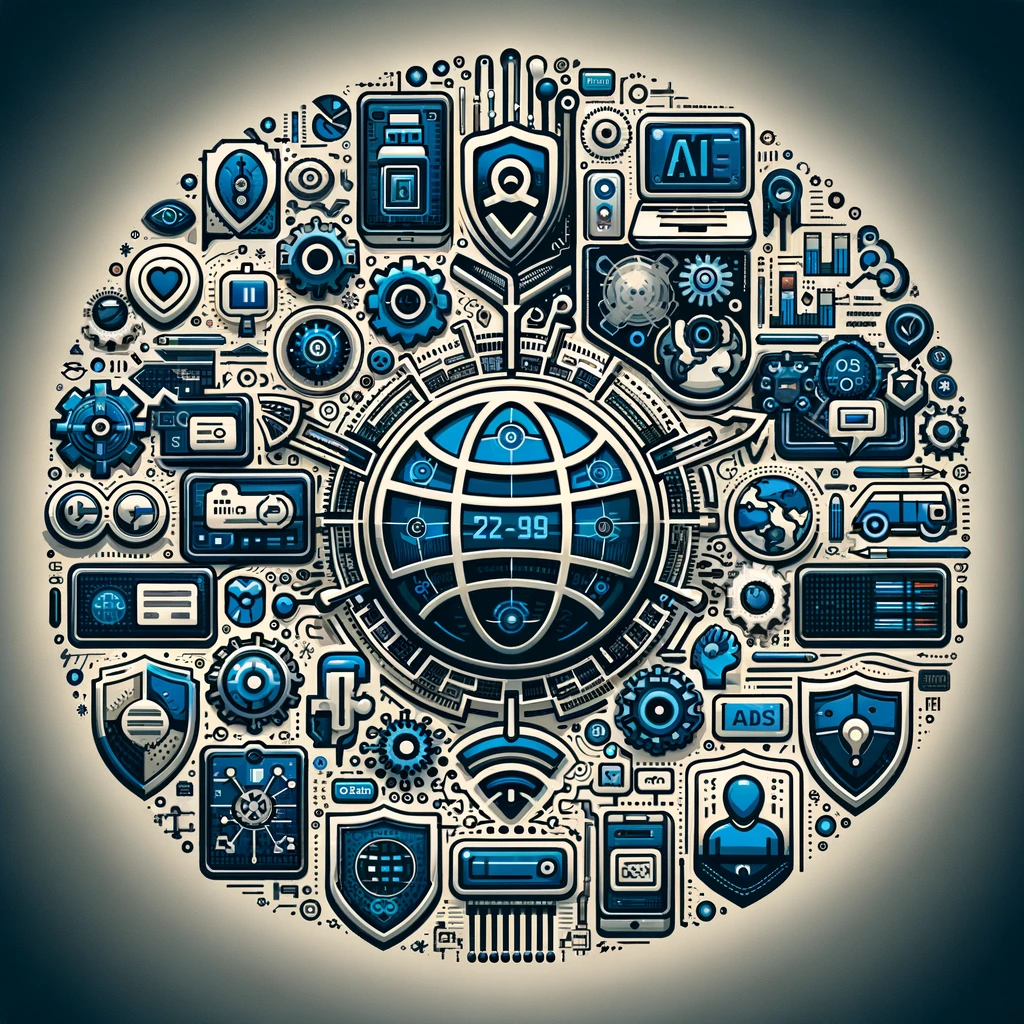The Evolution of Web Browsers: Technologies and Solutions in Recent Years
In the last three years, the world of web browsers has witnessed a paradigm shift, embracing new technologies and solutions to enhance user experience, security, and performance. This post delves into these groundbreaking changes, highlighting how they are redefining our interactions with the digital world.
AI and Machine Learning Integration
One of the most significant advancements is the integration of AI and machine learning. Browsers have started using these technologies for a variety of purposes, from personalizing user experiences to enhancing security protocols. AI algorithms now predict user preferences, suggesting relevant content and automating routine tasks. Machine learning, on the other hand, plays a crucial role in identifying and blocking phishing attacks, thereby bolstering browser security.
Enhanced Security Features
The past three years have seen a heightened focus on security, with browsers implementing advanced features to protect user data. Encryption technologies like HTTPS and TLS 1.3 have become standard, ensuring secure communication between browsers and servers. Furthermore, features like fingerprinting protection and enhanced tracking prevention have been introduced, giving users more control over their privacy.
Performance Optimization
Modern browsers have also emphasized performance optimization. Techniques like hardware acceleration and improved JavaScript engines ensure faster page loading and smoother multimedia playback. Memory management has been optimized, resulting in less strain on system resources, which is particularly beneficial for users with older hardware.
Progressive Web Apps (PWAs)
The rise of Progressive Web Apps (PWAs) marks a shift in how we use browsers. PWAs offer an app-like experience within the browser, allowing users to access their favorite websites offline and receive push notifications, all without downloading a separate application. This technology blurs the lines between web content and native applications, offering a seamless experience across devices.
Dark Mode and Accessibility Features
The introduction of dark mode by major browsers reflects an increasing awareness of user comfort and accessibility. This feature, which reduces eye strain in low-light conditions, has quickly become popular. Additionally, browsers have improved accessibility features, including better screen reader support and more intuitive keyboard navigation, making the web more inclusive for all users.
Eco-Friendly Browsing
In response to growing environmental concerns, some browsers have begun to focus on eco-friendly features. These include energy-saving modes that reduce power consumption and carbon footprint, a small but significant step towards sustainable technology.
Cross-Platform Synchronization
The enhancement of cross-platform synchronization has been another focal point. Users can now seamlessly sync their bookmarks, passwords, history, and extensions across multiple devices, providing a unified browsing experience whether on desktop, tablet, or mobile.
Conclusion
The evolution of web browsers over the past three years is not just a tale of technological advancement but also a reflection of changing user needs and societal trends. As we forge ahead, it’s evident that browsers will continue to play a pivotal role in shaping our digital interactions, with a strong focus on security, performance, and user-centric innovation.







Leave a Reply